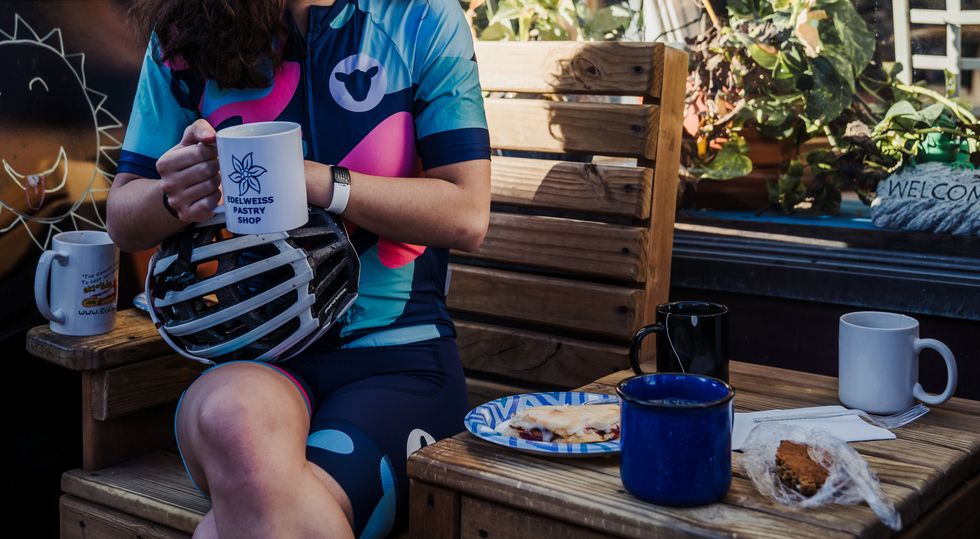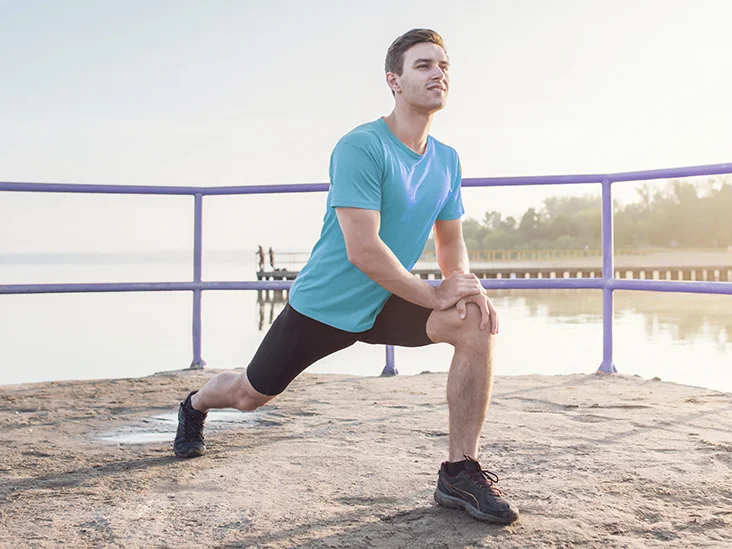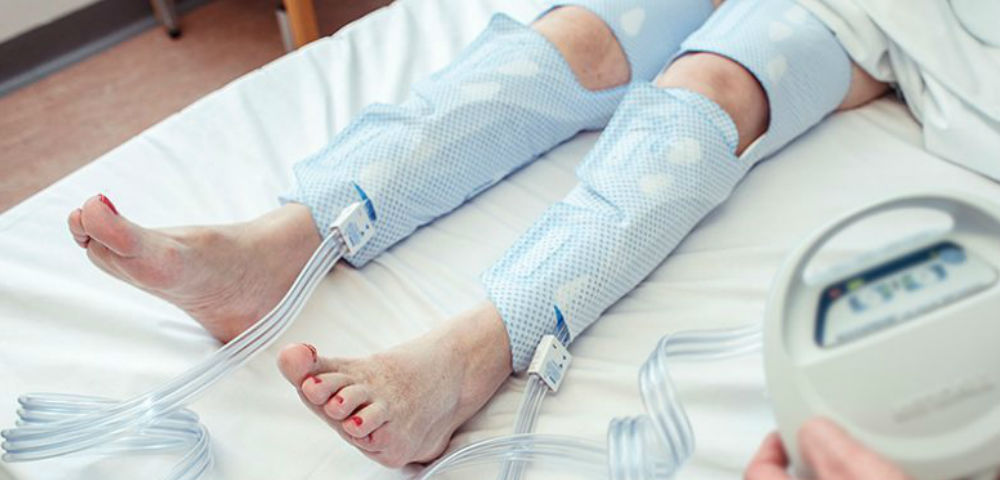Comprehensive Cycling Recovery Tips for Cyclists Post-Ride
RECOVERY OFF THE BIKE IS AS CRUCIAL AS YOUR EFFORTS ON IT. DISCOVER THE BEST WAYS TO OPTIMIZE YOUR POST-RIDE RECOVERY WITH THESE EXPERT INSIGHTS.
To keep your cycling performance at its peak, it’s not enough to push hard while riding. Effective recovery is a key component in enhancing your cycling capabilities. It’s during these rest periods that your muscles undergo repair and strengthening, preparing you for your next ride.
Incorporating elements such as proper nutrition, stretching, using a foam roller, and ensuring quality sleep are integral to your cycling recovery. Bicycling offers valuable insights into perfecting these recovery techniques. Embracing a slower pace for recovery might be challenging for those accustomed to constant intensity, but it’s a crucial step towards becoming a more resilient cyclist, whether you’re aiming for a century ride, a gravel adventure, or a bikepacking journey.
Recovery needs vary from person to person, influenced by factors like age, experience, work commitments, and health conditions. Key indicators that you might need more rest include:
- Mental exhaustion
- Increased heart rate
- Difficulty achieving training targets
Understanding how to recuperate effectively and quickly is a learning process. In our comprehensive guide, you’ll discover tips and advice from coaches, seasoned cyclists, and healthcare experts. These insights will help you make the most of your time both during your rides and on your rest days.
Post-Ride Nutrition

Appropriate nutrition before and during a ride significantly impacts your performance. Running out of energy mid-ride and having to search desperately for a quick energy fix is a situation best avoided. However, what you consume after your ride is equally important.
Consuming the right nutrients post-ride aids in recovery and can positively affect your future rides. In the linked article below, we provide detailed information on optimal post-ride nutrition and the potential consequences of neglecting this aspect of your recovery.
Read more about What to Eat After A Ride
Recovery Rides

Recovery rides often don’t get the attention they deserve. A common error cyclists make is either skipping these rides or not taking them easy enough, thus missing out on the benefits of a true recovery spin. It’s easy to get swayed by the urge to join friends for more challenging rides, but sticking to a planned recovery routine is vital.
Professional cyclist Sam Boardman from the Legion of Los Angeles crit racing team, based in Whitefish, Montana, often faces this dilemma. Despite the temptation of mountain biking adventures with friends, he remains focused on his own racing objectives.
So, what’s the real advantage of recovery rides? Some might wonder if resting on the couch is just as effective. Kristen Arnold, M.S., R.D., C.S.S.D., a level 2 USA Cycling-certified coach at Source Endurance Coaching, advises against this. Let’s delve into why recovery rides are essential and what they offer beyond rest.
Read more about why recovery rides are necessary
Stretching

We’re all aware that stretching is important, but it’s often the first thing dropped from a busy cyclist’s routine. Neglecting this crucial step can impact more than just your flexibility. Stretching is key for post-ride recovery and reducing injury risk.
Jeff Brannigan, M.S., a program director at Stretch*d, a stretch therapy studio in New York City, and a consultant for Olympic athletes, emphasizes the significant role stretching plays in enhancing cycling performance and overall well-being.
Read more about Why and How to do Cycling Stretches
Foam Rolling

Just like a bike chain that needs maintenance, your muscles, after rigorous cycling, can develop tight spots and soreness, affecting your range of motion and power. While professional massage therapy is beneficial, it’s not always accessible or affordable. This is where foam rolling becomes a practical alternative.
Foam rolling serves as a self-massage tool, warming up muscles, providing myofascial release, and aiding in soreness relief. Dr. Scott Levin, a sports medicine specialist at Somers Orthopaedic Surgery and Sports Medicine Group in New York, explains that foam rolling is an efficient way to address muscle tightness at your own comfort level.
Continue reading to understand more about foam rolling practical tips for your daily cycling routine
Compression Therapy

Compression therapy, once solely a medical-grade approach, has now become a staple for many athletes, including cyclists. Brands like NormaTec, Therabody, and Air Relax offer air-filled compression boots that are easily found in gyms, studios, and physiotherapy offices. For those with the means, these boots are even available for personal purchase. But the question arises: are they worth the investment of time and money?
The principle of compression therapy is straightforward: it aims to boost blood circulation, thereby speeding up the removal of metabolic waste from muscles. However, not all compression therapies are alike. The following article provides a detailed look at popular compression boot systems, discussing their advantages and drawbacks as modern recovery tools.
Continue Reading the Full Compression Therapy Section
Maximizing Sleep

Achieving enough sleep in today’s busy world can be a challenge. With commitments to work, family, and maintaining a training regime, it’s tempting to sacrifice sleep. Initially, this might seem manageable, but chronic sleep deprivation can significantly impact both health and athletic performance.
The encouraging news is that sleep management is largely within your control and can be a vital component of your training regimen. According to Cathy Goldstein, M.D., clinical associate professor of neurology at the University of Michigan, sleep habits are an essential aspect of training, on par with your cycling routines.
Read more about our practical tips on how to improve sleep quality for cyclists.
Elevation of Legs
Elevation of Legs is an effective method for cycling recovery. After a rigorous ride, elevating your legs can significantly aid in reducing swelling and fatigue. This simple technique involves lying down and placing your legs at a higher position, often against a wall or on a stack of pillows. The elevation helps in draining the lactic acid build-up and improves blood circulation.
Enhanced circulation means more oxygen and nutrients reach your muscles, speeding up recovery. This method is particularly beneficial after long rides or hill climbs where leg muscles are extensively used. Elevation of legs is a passive, yet efficient way to recover, allowing cyclists to bounce back quicker for their next ride.
Electrolyte Replenishment
During intense cycling, the body loses essential electrolytes through sweat. Replenishing these electrolytes is key to maintaining muscle function and hydration.
Electrolytes like sodium, potassium, and magnesium play a vital role in muscle contraction and relaxation. After a cycling session, consuming electrolyte-rich drinks or foods helps restore the balance, preventing cramps and aiding muscle recovery. This replenishment can be achieved through sports drinks, electrolyte tablets, or natural sources like bananas and coconut water. For cyclists, maintaining electrolyte balance is not only vital for recovery but also for ensuring optimal performance in future rides.
Breathing Exercises
Engaging in controlled breathing helps in regulating the heart rate and calm the nervous system. Techniques like deep belly breathing or guided breathing exercises can significantly reduce stress levels and aid in muscle relaxation.
This relaxation is crucial for recovery, as it allows the body to shift from a state of exertion to one of healing and rebuilding. Regular practice of breathing exercises enhances lung capacity and oxygen uptake, which are essential for cyclists. Integrating these exercises into a post-ride routine can lead to better recovery and improved overall cycling performance.
Contrast Water Therapy
This therapy involves alternating between hot and cold water baths or showers. The hot water helps in relaxing and dilating blood vessels, improving blood flow and aiding in the removal of waste products from muscles. Cold water, on the other hand, constricts blood vessels and reduces inflammation and muscle soreness.
The alternating temperatures create a ‘pumping’ effect in the blood vessels, enhancing circulation and aiding in faster recovery. Incorporating contrast water therapy into a post-cycling routine can significantly reduce muscle soreness and improve recovery time, allowing cyclists to maintain a consistent training schedule.
Restorative Light Exercise
Engaging in light, non-strenuous activities like walking, swimming, or easy pedaling can greatly enhance recovery. These activities promote blood flow without putting additional stress on the muscles. Improved blood flow means more oxygen and nutrients are delivered to the muscles, aiding in repair and recovery.
Additionally, light exercise helps in maintaining flexibility and range of motion, which can be compromised after intense cycling. Incorporating restorative exercises into a recovery routine helps in flushing out lactic acid, reducing stiffness, and preparing the muscles for subsequent cycling sessions. For cyclists, balancing intense rides with light activities is key to sustained performance and injury prevention.
